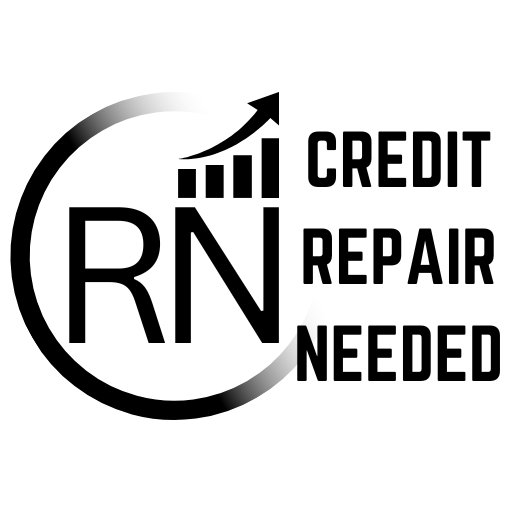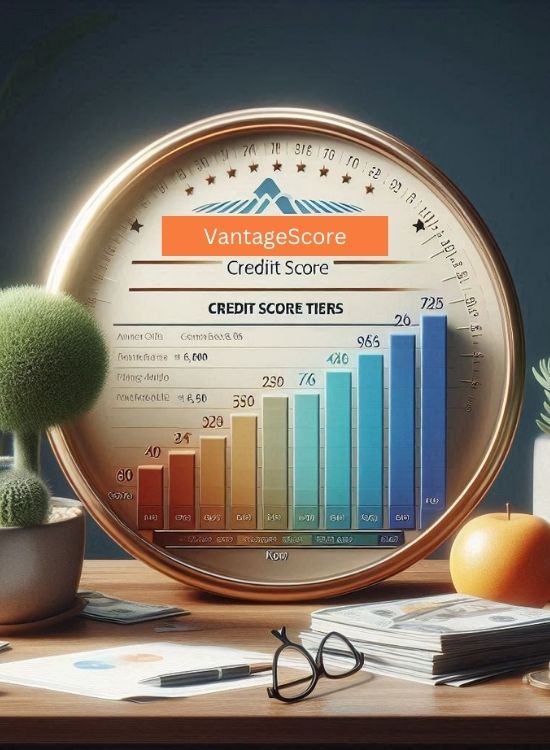UNDERSTAND YOUR VANTAGESCORE: IMPROVE YOUR SCORE
Master Your VantageScore for Better Financial Health
Unlock the secrets to improving your VantageScore and open doors to better financial opportunities. Learn the essentials and advanced strategies to boost your credit score effectively.
Understand the Basics
Advanced Strategies
Achieve Your Goals
What is VantageScore?
VantageScore (300-850) is a special credit scoring model developed by the three major credit bureaus: Equifax, Experian, and TransUnion.
Its purpose is to simplify your credit report for lenders. It translates all the complexities of your credit history into a quick, easy-to-understand number that helps them assess your creditworthiness.
Understanding your VantageScore is crucial for managing your financial health. Whether you are new to credit or looking to improve your score, a higher VantageScore can lead to better financial opportunities, such as lower interest rates and higher credit limits.
VantageScore Credit Tiers
| Credit Tier | VantageScore Range |
|---|---|
| Excellent | 781 - 850 |
| Good | 661 - 780 |
| Fair | 601 - 660 |
| Poor | 500 - 600 |
| Very Poor | 300 - 499 |
VantageScore Model 4.0 Range
Key Features of VantageScore
Unified Scoring Model
VantageScore created by the three major credit bureaus, ensuring a consistent and unified credit scoring model that is widely accepted by lenders.
Inclusive Scoring
Unlike other models, VantageScore includes more people in its scoring, even those with limited credit history, making it easier for more individuals to build and improve their credit scores.
Predictive Analytics
VantageScore uses advanced predictive analytics to provide a more accurate assessment of credit risk, helping lenders make better-informed decisions.
Relevance to Financial Health
Improving your VantageScore can lead to better financial health by qualifying you for lower interest rates, higher credit limits, and more favorable loan terms.
Factors Influencing Your VantageScore
VantageScore 4.0 considers the following factors in determining your credit score:
- Payment History (41%): Your track record of paying bills on time.
- Age and Type of Credit (20%): The length of your credit history and the mix of credit types you have.
- Credit Utilization (20%): How much of your available credit you’re using.
- Total Balances (11%): The total amount of recently reported balances (current and delinquent).
- Recent Credit Behavior (5%): Recently opened credit accounts and credit inquiries.
- Available Credit (3%): The amount of credit you have available.
VantageScore vs. FICO Score
While both VantageScore and FICO are credit scoring models, there are some key differences:
| Aspect | VantageScore | FICO |
|---|---|---|
| Minimum Credit History | One month | Six months |
| Treatment of Late Payments | Treats all late payments similarly | Differentiates between types of late payments |
| Paid Collection Accounts | Ignores paid collection accounts | Considers paid collection accounts (though newer FICO models are changing this) |
| Hard Inquiries Window | Groups multiple hard inquiries in a 14-day window | Uses a 45-day window |
Improving Your VantageScore
To improve your VantageScore, focus on:
- Paying all bills on time
- Keeping credit card balances low
- Limiting new credit applications
- Maintaining a mix of credit types
- Keeping old accounts open to lengthen your credit history
Frequently Asked Questions
Find answers to the most common questions about VantageScore, credit repair, and improving your credit score.
What is a VantageScore?
Vantage Score is a credit scoring model developed by the three major credit bureaus: Equifax, Experian, and TransUnion. It helps lenders assess your creditworthiness.
Who uses Vantage Score?
Many creditors, including banks, credit card companies, and lenders, use Vantage Score to make lending decisions.
Why do I need to find out if my creditors are using Vantage Score?
Knowing if your creditors use Vantage Score can help you understand how your creditworthiness is being evaluated and make informed decisions about your credit.
How will I know if my creditors are using Vantage Score?
You can contact your creditors directly and ask them what credit scoring model they use. You can also check your credit report to see if Vantage Score is being used.
How is VantageScore different from FICO?
VantageScore and FICO are both credit scoring models, but they use different algorithms to calculate credit scores.
Is VantageScore widely accepted by lenders?
Yes, VantageScore is used by many lenders alongside FICO scores.
Can I access my VantageScore for free?
Yes, consumers have the right to obtain a complimentary credit report from each of the three major credit bureaus once annually
How often does VantageScore update my credit score?
VantageScore updates your credit score whenever new information is reported to the credit bureaus.
How can I improve my VantageScore?
Improving your VantageScore involves paying your bills on time, reducing your debt, and regularly checking your credit report for errors.
How often should I check my credit score?
It’s recommended to check your credit score at least once a year, but more frequent checks can help you stay on top of your financial health.
What factors affect my VantageScore?
Your VantageScore is affected by factors such as payment history, credit utilization, age of credit accounts, types of credit, and recent credit inquiries.
Can credit repair companies really improve my score?
Credit repair companies can help identify and dispute errors on your credit report, but improving your score also requires responsible financial behavior.
Is it safe to check my credit score online?
Yes, it’s safe to check your credit score online through reputable websites and services. Ensure the site uses secure encryption to protect your data.
Take Control of Your Financial Future
Sign up for a free credit score check and access our educational resources to start improving your credit today!


